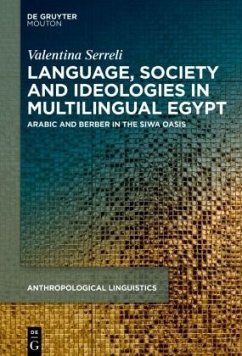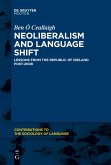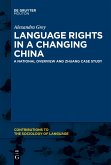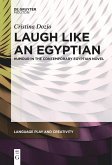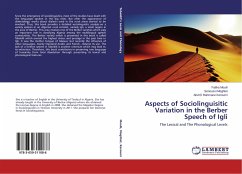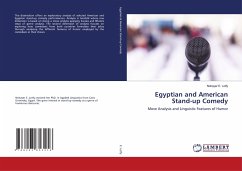The book explores the change over time in language-society relations in a multilingual periphery of Egypt. It examines the role of language ideologies in the construction and negotiation of social identities in the processes of contact, maintenance and shift typical of multilingualism. Based on extensive fieldwork and interviews, it is the first of its kind to portray the inventory of linguistic and accompanying non-linguistic behaviors observed within and between different ethnolinguistic groups in the Siwa Oasis. It provides first-hand information about the linguistic habits of Siwan women, an aspect which is generally difficult to access in this gender-segregated community. The book sheds light on Berber-Arabic contact at the core of the Arab world and at a critical time when individual linguistic repertoires are expanding and Arabic is emerging as a powerful resource.
"This work can function as an example to anybody aiming to present this type of research. It is well-grounded in the theoretical literature, and aims to contribute to these discussions. At the same time, it offers a fascinating - and very readable - view of language practices in a specific situation to readers less invested in such general questions. In conclusion, this is a very rich, very important, and immensely interesting study, for anybody interested in the language ecology of Northern Africa and in minority languages in general, and for those who are genuinely interested in what processes obtain in language loss and language maintenance in such languages."
Maarten Kossmann, 2024, in Mediterranean Language Review 31:1, 124
Maarten Kossmann, 2024, in Mediterranean Language Review 31:1, 124

